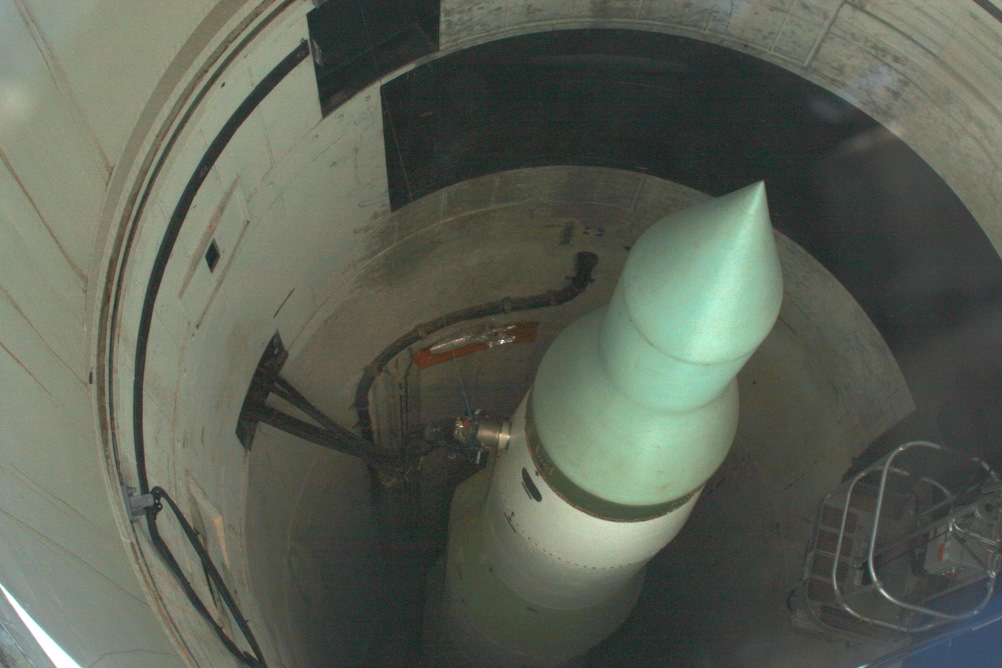August 10, 2022 @ 13:10 MDT
Site visit #47
Over 40 years ago, when I was the sailor in the U.S. Navy, I remember learning of differences between the U.S. military and the Soviet military chains of command. In the Soviet military, we were told, junior officers had very little discretion in following orders from above. If a situation changed, they reported that up the the chain and waited for new orders to come down. In the U.S. military, junior officers had more flexibility to adapt to changing situations.
Thus, in 1983, when Soviet Lieutenant Colonel Stanislav Petrov saw that five American nuclear missiles had launched and were inbound to the Soviet Union, he had but two tasks: report this to his superiors, and prepare to launch his missiles in retaliation. Petrov was aware that such an obvious launch reported by his system would almost certainly elicit an immediate counter strike order from his superiors. His instincts told him something was wrong, though, and he did not report this launch – in direct violation of his orders.
As it turns out, of course, there was no American launch. Rather this was an computer error in the Soviet missile detection systems. Petrov’s failure to report what he saw on his screen cost him his military career and may have prevented an all-out nuclear war. Though it may seem unfair that his career was over, I mentioned to my colleague that had the same thing happened in an American control room, the officer very well may have seen his career ended too.
This story, and similar stories from both the American and Soviet side, was part of the film presentation at the Minuteman Missile National Historic Site located in the middle of nowhere, South Dakota. This site preserves the history of the nuclear arms race from the 1950s through the 1980s. It’s located on the site of one of several launch facilities that dotted the plain states during that time.
The visitor center has a 30 minute film about the arms race and the missiles that were part of it. It also has information and displays about life in the silos and the effects of the arms race in general.
A few miles west on Interstate 90 one comes to the site’s second location: the launch control building. In here, elevators lead down to the control room where officers would wait, day after day, for the orders they hoped never came. The control room was connected to ten silos, which themselves were located miles away in tendifferent directions. This dispersion was intended to reduce the chance of one or two Soviet missiles taking out all ten silos and the control center.
Tours were available of the actual control room but required advanced reservations which we did not have.

We then proceeded to the third location of Minute Man Missile National Historic Site. This was an actual silo location. The top of the silo has been replaced with a glass window and a missile still resides in launch position visible through the window. The silo sits on a small chunk of land with a high chain link fence around it and barbed wire on top. Outside of the fence is grazing land and during our visit several 100 cows simply milled around oblivious to what used to be here.
This site held Minutemen II missiles which have all been retired. The U.S. land-based nuclear deterrent is now handled by Minuteman III missiles located in just three other areas of the northern plain states, a significant reduction over the number of sites at the peak of the Cold War.
One of the tenets of the nuclear deterrent during the Cold War with the Soviet Union was the belief that they did not want to be obliterated anymore than the U.S. did. Thus, the deterrent worked. Sadly, with some governments today that tenet is no longer valid.
Steve